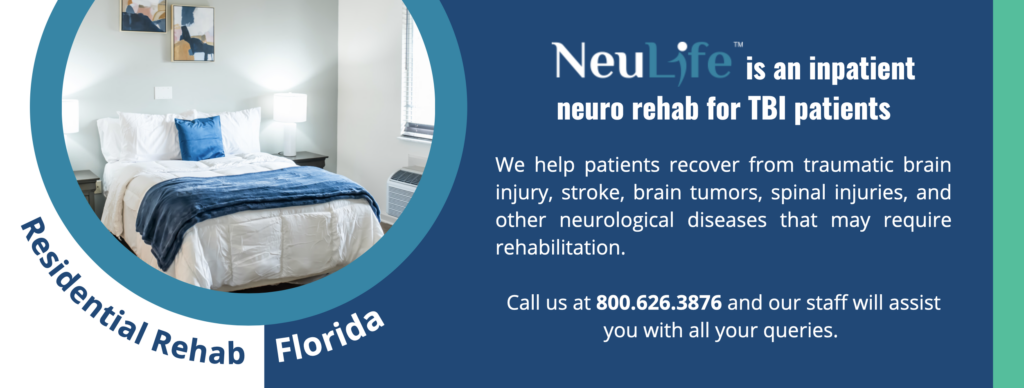The smart Trick of Narconon Africa That Nobody is Talking About
Table of ContentsThe Ultimate Guide To Narconon AfricaNarconon Africa Fundamentals ExplainedThe Single Strategy To Use For Narconon AfricaSome Known Details About Narconon Africa The Of Narconon AfricaNot known Facts About Narconon AfricaFacts About Narconon Africa Uncovered
In a collection of papers with Manudeep Bhuller and Katrine V. Lken, we conquer these data challenges and the nonrandomness of imprisonment, providing brand-new insights into exactly how incarceration impacts relapse, work, kids, and criminal networks - Recovery from alcohol. Number 1 Our job researches the results of incarceration in Norway, a setting with 2 essential benefitsWe can additionally link this details to various other member of the family, consisting of kids and siblings. We have details on co-offending that allows us to map out criminal networks for observed criminal activities. Second, we can leverage the random task of criminal situations to courts that differ in their propensities to send out defendants to jail.
But some courts send offenders to prison at a high rate, while others are more lax. We measure a court's stringency as the average imprisonment price for all various other cases a judge manages, after controlling for court and year set results, which is the level of arbitrary assignment. This quasi-random project of court stringency can be made use of as an instrument for incarceration, as it highly anticipates the court's decision in the existing situation, however is uncorrelated with various other situation qualities both by layout and empirically.
The Greatest Guide To Narconon Africa
Characteristics of prisoners, consisting of demographics and criminal activity classifications, are broadly similar in Norway and other countries, consisting of the United States, with the exemptions that the US murder rate is a lot greater, and race plays a larger role there. What stands apart as different, particularly compared with the USA, is the prison system.
Number 2In Norway, the average time invested in prison is a little over 6 months, which is similar to most various other Western European countries. This contrasts with average US jail time of nearly three years, which is in large part the factor the USA is an outlier in its imprisonment price compared with the remainder of the world [Figure 1]
Narconon Africa for Dummies
This provides a lot more splitting up between small and hardened crooks than exists in the United States. There is no overcrowding in Norwegian jails and much better personal security, with each prisoner being assigned to their own cell and a greater inmate-to-staff ratio than in the United States (https://peatix.com/user/22520840/view). Jails in Norway also offer well-funded education and learning, medication therapy, psychological health, and task training programs
Our research on the impacts of imprisonment on the transgressor, using the random job of courts as a tool, returns 3 vital searchings for. Jail time inhibits better criminal behavior. We locate that imprisonment lowers the possibility that Effective Alcoholic treatment a person will reoffend within 5 years by 27 percentage factors and lowers the corresponding variety of criminal fees per individual by 10 costs.
Get This Report on Narconon Africa
We find large reductions in reoffending chances and cumulative charged crimes even after defendants are launched from prison. Our second outcome is that prejudice because of option on unobservable individual qualities, if overlooked, results in the wrong conclusion that time invested in prison is criminogenic. If we just contrast criminal accuseds imprisoned versus those not sent out to prison, we discover favorable organizations in between incarceration and succeeding criminal offense.
This stands in contrast to our analysis based on the random job of courts, which discovers an opposite-signed outcome. Third, the decrease in criminal activity is driven by people who were not functioning prior to imprisonment. Amongst these people, imprisonment raises engagement in programs routed at improving employability and lowering regression, and this inevitably raises work and profits while dissuading criminal behavior.

Jail time causes a 34 percentage factor rise in involvement in job training programs for the formerly nonemployed, and within five years their work price rises by 40 percent factors. At the very same time, the likelihood of reoffending within five years is cut by 46 percentage points, and there is a decline of 22 in the average variety of criminal fees.
An Unbiased View of Narconon Africa

A probable explanation for the difference is that Norway's jail system varies noticeably, both in terms of prison-term length and prison problems, from the United States prison system. While understanding the effects of imprisonment on the offender is an essential primary step, catching spillover effects is likewise important for evaluating criminal justice policy and designing efficient prison systems.
The smart Trick of Narconon Africa That Nobody is Discussing

Regular the very least squares estimates reveal that kids of incarcerated papas are 1 percentage factor most likely to be charged with a criminal activity, relative to a mean of 13 percent, and reveal no effect on college grades. Utilizing our court stringency tool, we find no analytical evidence that a papa's incarceration impacts a youngster's own crime or institution qualities, but we are unable to eliminate modest-sized effects.
The smart Trick of Narconon Africa That Nobody is Talking About
We define criminal teams based on network links to previous criminal situations. Our evaluation yields three primary findings. When a criminal network participant is put behind bars, their peers' probability of being charged with a future crime reduces by 51 percentage factors over the following four years. Having an older sibling put behind bars lowers the possibility his younger sibling will be charged with a criminal activity by 32 portion points over the next 4 years.